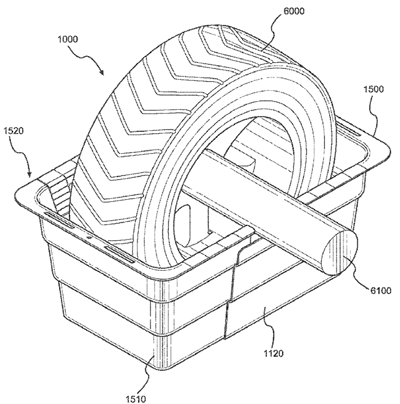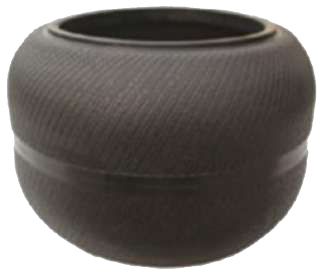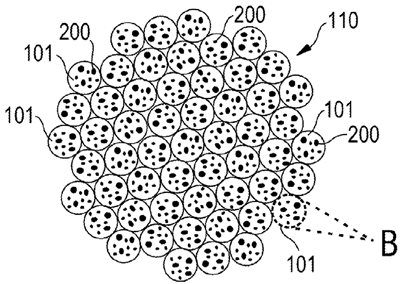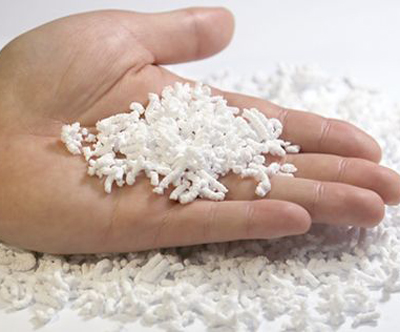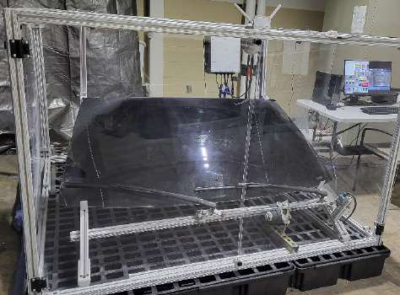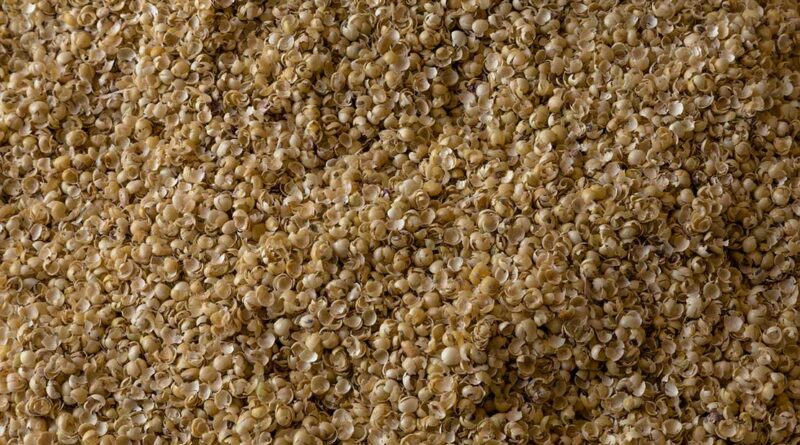Streamlining medical device assembly: The advantages of engineered silicone swelling fluids
In the ever-evolving world of manufacturing and industry, companies are constantly seeking innovative solutions to improve their processes, increase efficiency and reduce costs. One such breakthrough is the advent of engineered swelling fluids, a revolutionary technology that offers a myriad of benefits to various
industries, especially medical device manufacturing.

